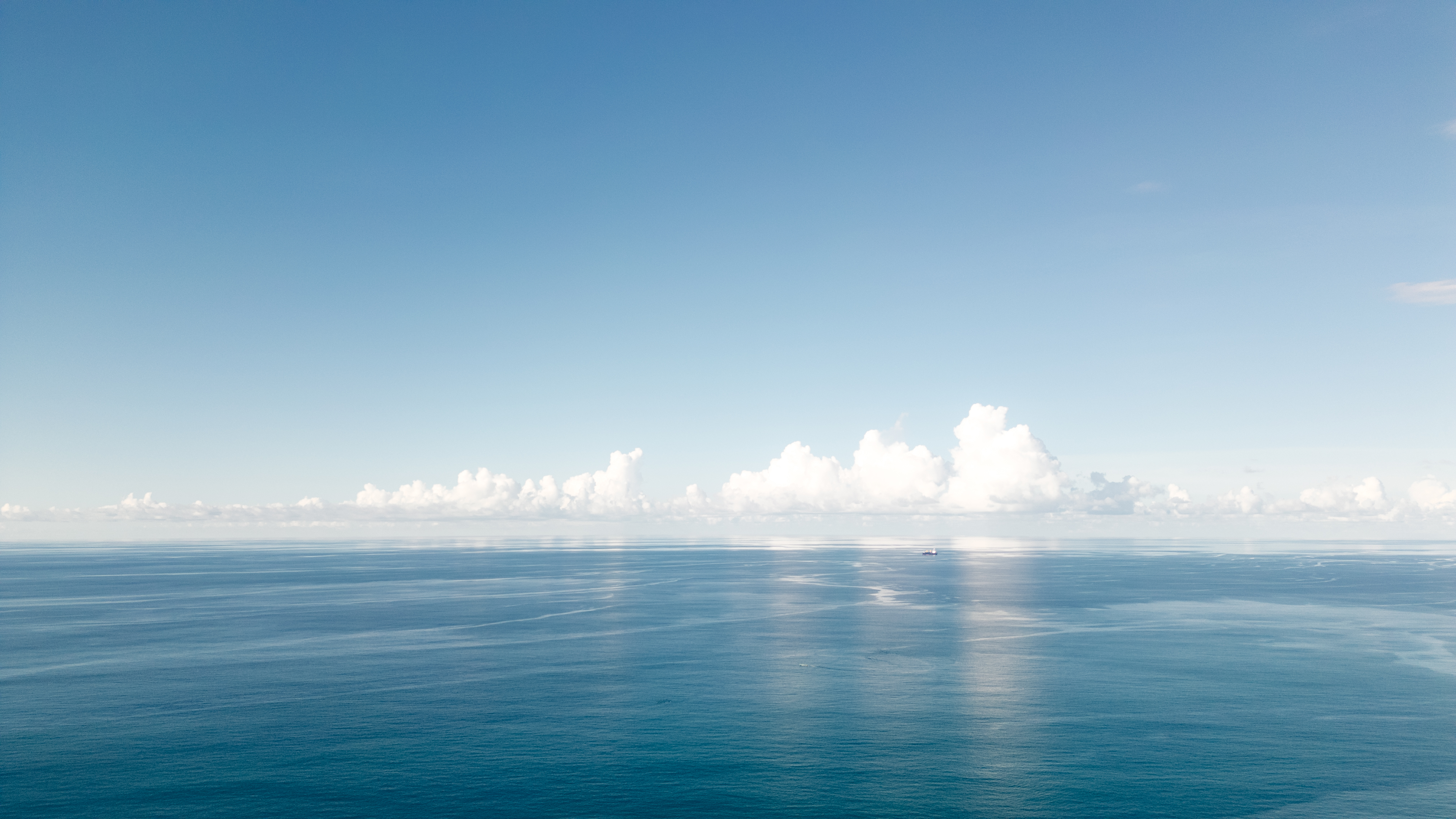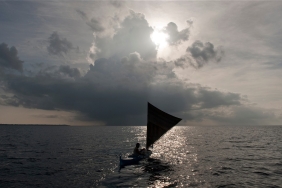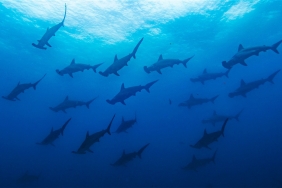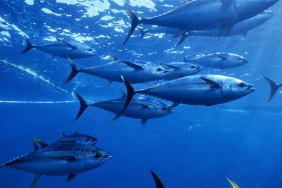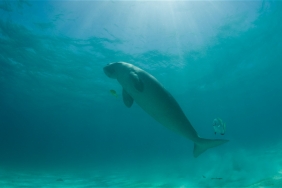KATALOKA FESTIVAL 2017, KATALOKA KING ANNOUNCES NGAM IN KOON
By: Rizal (Community Right Based Management Officer, WWF-Indonesia)
"To all the people of Kataloka, places such as Kataloka Harbor, Tanjung Kiter, to Koon and Grogos must be protected. It is not allowed to use potash, bombs, and other destructive things. Whoever violates this will perish."
The commandment was inaugurated three years ago, March 11, 2014, on Gorom Island, East Seram Regency, Maluku Province, by the Viceroy of Negeri Adat Kataloka, Mohammad Anzar R. Wattimena, in the presence of a number of traditional elders and the people of his land.
This edict was clearly inscribed on Koon beach, "The King of Kataloka, the ruler of parts of Gorom Island, Grogos Island, Koon Island, and Nukus Island, declares the sea around Koon Island. It is forbidden to fish, take sand, and damage coral reefs. Anyone who violates will be subject to customary sanctions and also the legal sanctions of the Republic of Indonesia."
This commandment is interpreted as ngam which must be obeyed and implemented by all the people of Petuanan Negeri Adat Kataloka. Ngam is what the people of Kataloka call sasi, a natural resource protection scheme based on local wisdom. Sasi has actually been applied since long ago by the ancestors of the Indonesian people. Sasi usually means restriction of resource utilization through the prohibition of taking natural resources within a certain period of time.
This command and oath is enforced for the sustainability of marine and coastal resources in the area, including the area known as the "fish market" by Kataloka fishermen. During the 2017 Kataloka Festival, Raja Kataloka again reminded the importance of ngam. So that every citizen can remember about the importance of ngam, Raja Kataloka made the determination of ngam and proclaimed the edict of ngam which was placed on Koon Island.
Before promulgating the edict, the King gave a speech about the importance of preserving the cultural custom of ngam for the preservation of fish resources for posterity. Wawan Ridwan, WWF-Indonesia's Coral Triangle Director, explained that Koon waters have extraordinary fish spawning areas and can support sustainable fisheries. WWF-Indonesia will continue to facilitate nature management together with the Kataloka petuanan community. The Deputy Regent of East Seram also expressed his support for the protection of Koon waters with the customary scheme.
Based on a rapid survey conducted by WWF-Indonesia in March 2010, the fish market area located in the waters of Koon Island was identified as an aggregation and spawning site or Spawning and Aggregation Site (SPAG) for sunu grouper, red snapper, tiger grouper, and kuwe/bobara mata besar.
King Kataloka then went around the waters of Koon Island to sprinkle sand as a customary sign of marine protection. After that, the King invited the Deputy Regent of East Seram and the Director of Coral Triangle WWF-Indonesia to jointly pull the cloth covering the inscription as proof that ngam has been officially established in the waters of Koon Island.
After the procession of the establishment of ngam,Raja left for Grogos Island which is the closest island to Koon Island and is the only small island in the Kataloka petuanan that is inhabited. On this island, the King socialized ngam to his people and asked them to participate in monitoring the protected waters. The people of Grogos agreed to this order.
In monitoring ngam, the Grogos community will later be assisted by troops from the Wanu Atalo'a Customary Institution (Leawana). These Leawana troops are royal troops tasked with maintaining security in the Kataloka region.

